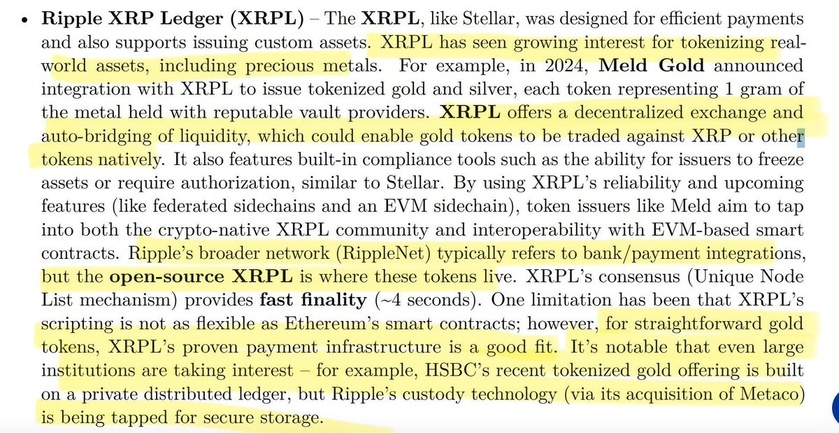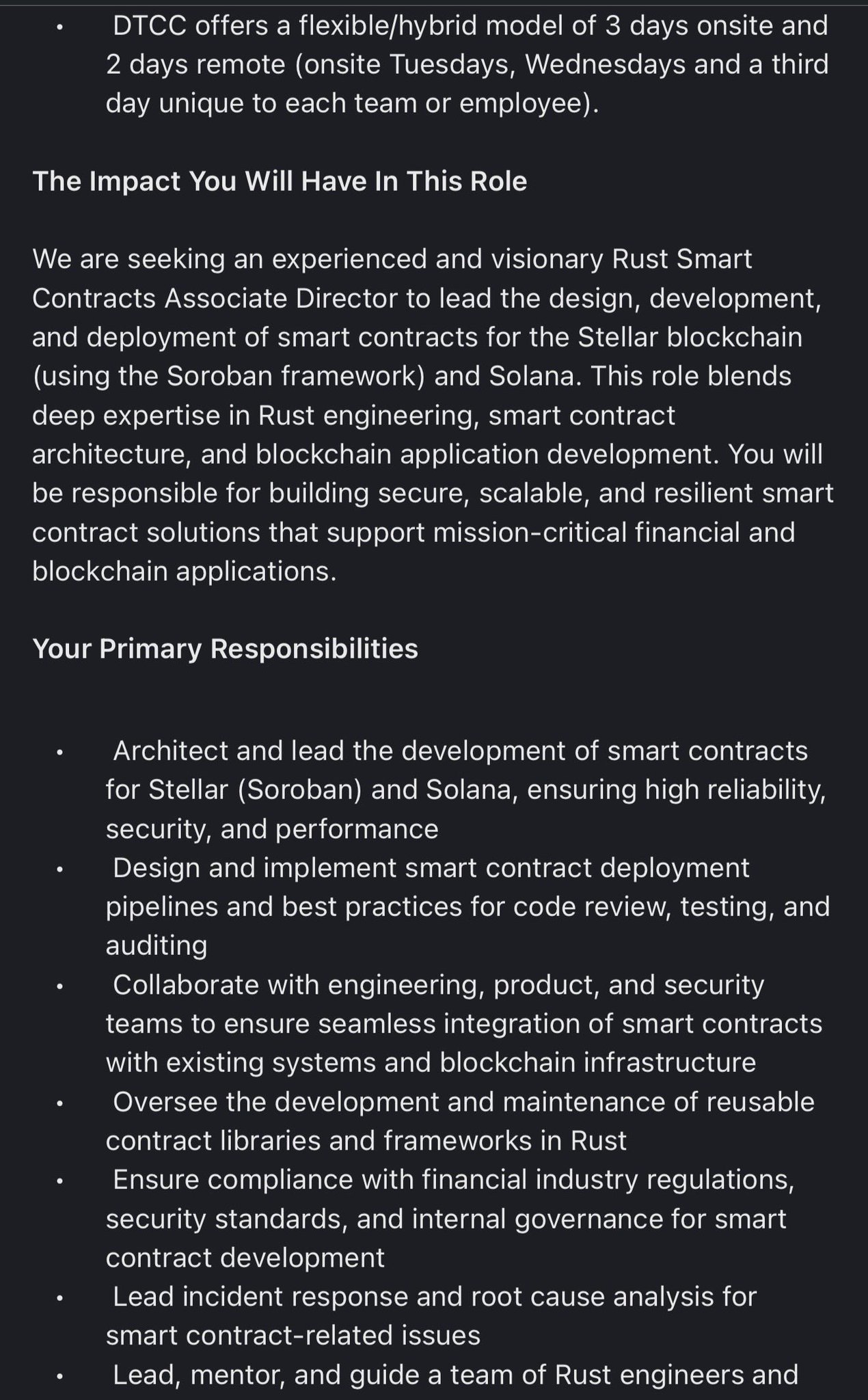MANSA Finance has raised $10 million in financing led by Tether and Polymorphic Capital. The startup uses stablecoins for cross border payments, in particular providing liquidity for those payments. Hence, $3 million of the funding was a pre-seed round with $7 million as liquidity financing. Other investors include Octerra Capital, Faculty Group, and Trive Digital.
Securing $10 million in pre-seed and liquidity funding marks a significant milestone in our mission to transform the way money moves. By bringing payments on-chain and leveraging efficient liquidity solutions, we are addressing critical challenges in cross-border transactions—making payments faster, cheaper, and more reliable worldwide,” said Mouloukou Sanoh, CEO and Co-Founder of MANSA.
“This funding accelerates our global expansion, enabling us to empower payment companies with seamless, real-time settlement infrastructure and drive the future of payments.”
What problem does MANSA solve?
Today the clients of payment companies – consumers or businesses – expect fast or almost instant cross border payments. MANSA started by focusing on African payment corridors, which are exceptionally slow and expensive. The normal way for a payments firm to support instant payments is to pre-fund local bank accounts in the destinations that it supports. That is very capital intensive, and the more successful the payments firm becomes, the larger the balances it needs to keep.
Another way to transfer money across borders quickly is to use stablecoins, and given Tether is MANSA’s backer, USDT in particular. So if a payment firm sends a payment instruction, MANSA can send the stablecoin to the destination and offramp with its local partners.
So where does the liquidity solution come in? We’re guessing in one or two places. While the recipient may have received their payment nice and promptly, that’s not the end of the story. The payment company still needs to receive the payment from its client (the payer) and pass it on to MANSA, which we’re guessing will often involve conventional payments and delays. Hence, there’s a need to fund this timing difference.
Another issue is the need to provide liquidity to switch from US Dollar stablecoins into the destination currency. However, MANSA says it has built partnerships with payment firms in Africa, Asia and South America.
To source the liquidity, MANSA has used DeFi and institutional investors, and now has another $7 million from the recent funding.
If this all sounds familiar, there are quite a few companies targeting this space, including Ripple’s On Demand Liquidity and Arf.
Meanwhile, MANSA is still in its infancy. It launched in the second half of 2024 and has processed $30 million in ‘on chain volume‘ so far. We believe that means $18 million in payments financed, and $12 million in repayments.






























